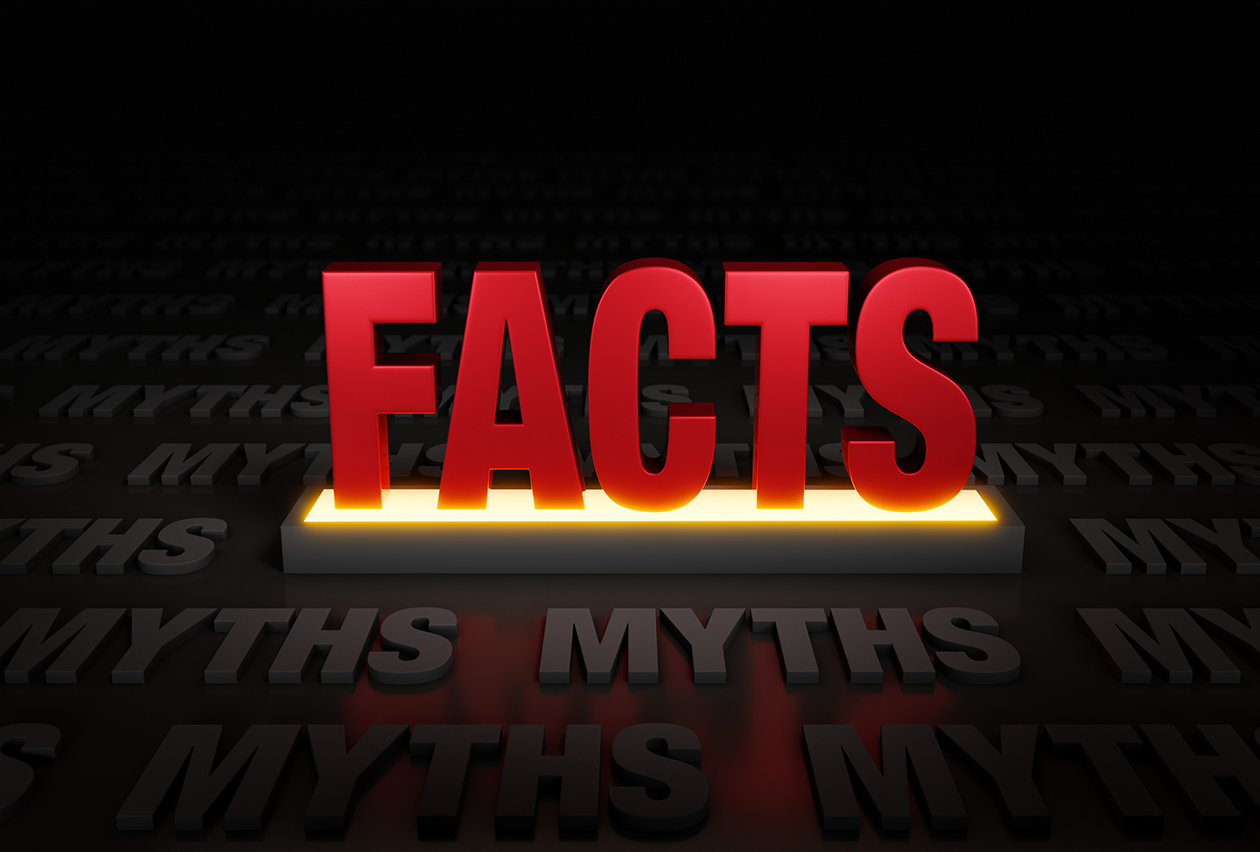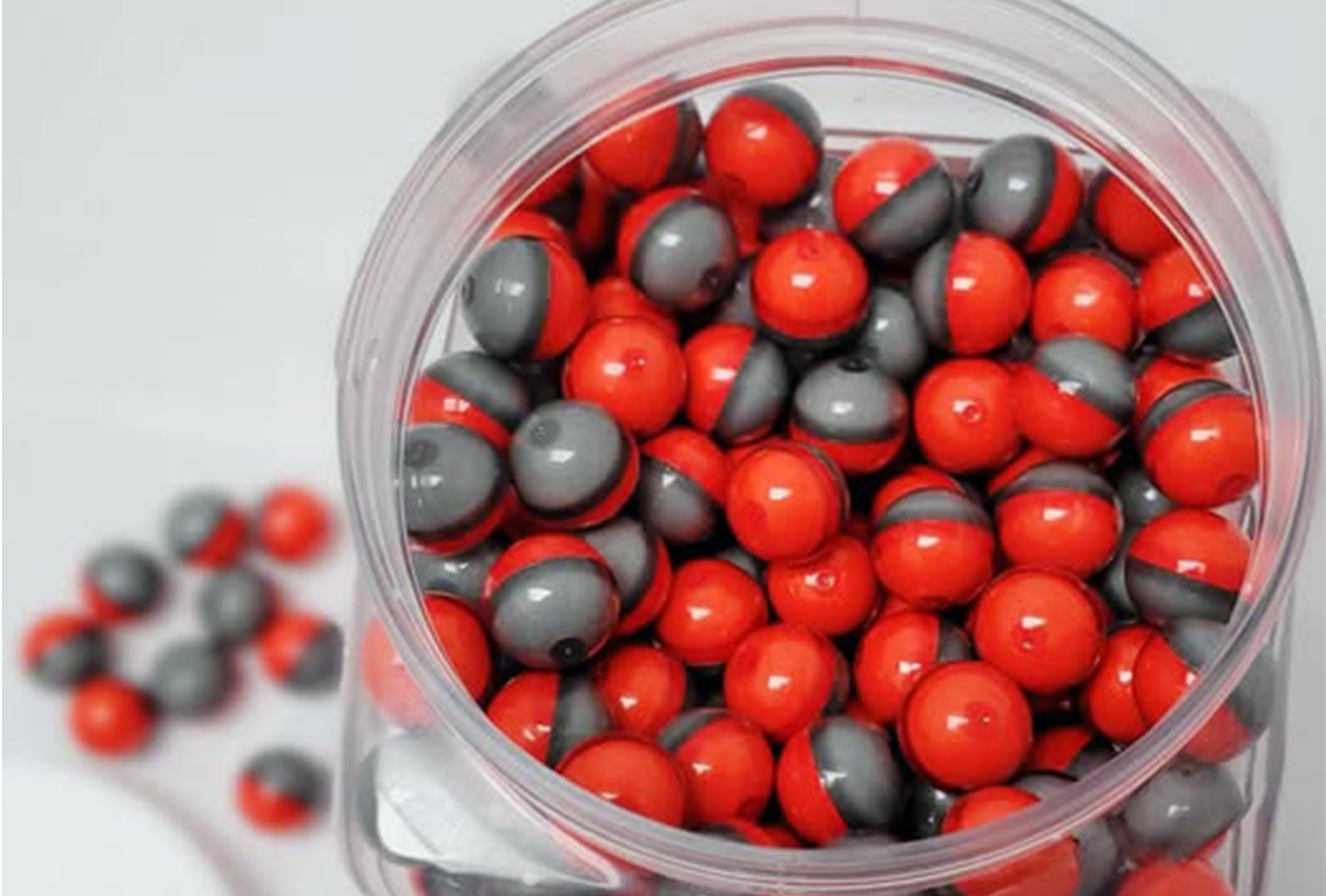People hear “PAVA” and “riot control tear gas” sometimes used as if they’re the same. They are not. Here’s a clear, practical breakdown of the difference.
Myth 1: Organic irritant or PAVA is just another name for riot control tear gas.
Fact: NO! PepperBall projectiles use a pepper-derived organic irritant that uses pelargonic acid vanillylamide - creating PAVA, an organic irritant powder. CS or CN “tear gas” are in a different category. CS (2-chlorobenzylidenemalononitrile) and CN (chloroacetophenone) are both synthetic, man-made compounds created in a laboratory through specific chemical reactions. They are not derived from natural sources.
Myth 2: Once PepperBall is deployed, the area is off-limits for hours.
Fact: With basic environmental decontamination, most rooms and vehicles can be put back in service with little down time.
- Ventilation: Increase fresh-air exchange to clear the localized powder cloud.
- Hard surfaces and tight spaces: Lightly mist to settle residue, then use a wet/dry vacuum with a couple inches of water in the canister to capture particulates.
- Vehicles, booking rooms, housing units: Apply the same mist-and-wet-vac process; finish with normal wipe-down.
Proper ventilation and surface cleanup typically allow fast turnover compared to CS/CN scenarios but always follow your agency’s protocol.
Myth 3: Effects from PAVA are permanent.
Fact: Intended effects are temporary (burning, tearing, cough, shortness of breath). Clinical guidance notes most symptoms abate with time and fresh air, often within minutes although duration can vary by exposure and environment. Follow your agency’s medical and reporting protocols.
Myth 4: It’s basically a gas cloud like CS/CN.
Fact: PepperBall delivers PAVA as a powder payload that disperses on impact. That difference helps explain why ventilation and surface cleanup are easier and why facilities often return spaces to service faster than after CS/CN deployments.
Myth 5: There is no difference between less lethal and non-lethal.
Fact: The NATO Policy on Non-Lethal Weapons states that “non-lethal weapons are explicitly designed and developed to incapacitate or repel personnel, with a low probability of fatality or permanent injury, or to disable equipment, with minimal undesired damage or impact on the environment.” Less lethal weapons are defined by their capability, while nonlethal devices are defined by their intent. PepperBall is a non-lethal system. For more information also see the U.S. Department of Justice (DOJ), Office of Justice Programs (OJP), "Crime and War: An Analysis of Non-Lethal Technologies and Weapons Development," https://www.ojp.gov/library/publications/crime-and-war-analysis-non-lethal-technologies-and-weapons-development; DOJ, National Institute of Justice (NIJ), Report on the Attorney General's Conference on Less Than Lethal Weapons, March 1987, p. 2, https://www.ojp.gov/pdffiles1/Digitization/105195NCJRS.pd
Practical takeaways for agencies:
- Different tools, different behavior: PAVA powder is not the same as CS/CN or even pepper-spray. Expect localized, temporary effects with standard ventilation and surface decon.
- Document the environment: If you ventilated, managed HVAC, misted and wet-vac’d, or posted a temporary notice, include it in your AAR/use-of-force report. (See your agency policy.)
- Know your source material: Product pages and PepperBall University resources identify PAVA powder payloads and provide cleanup guidance you can reference in reports.





